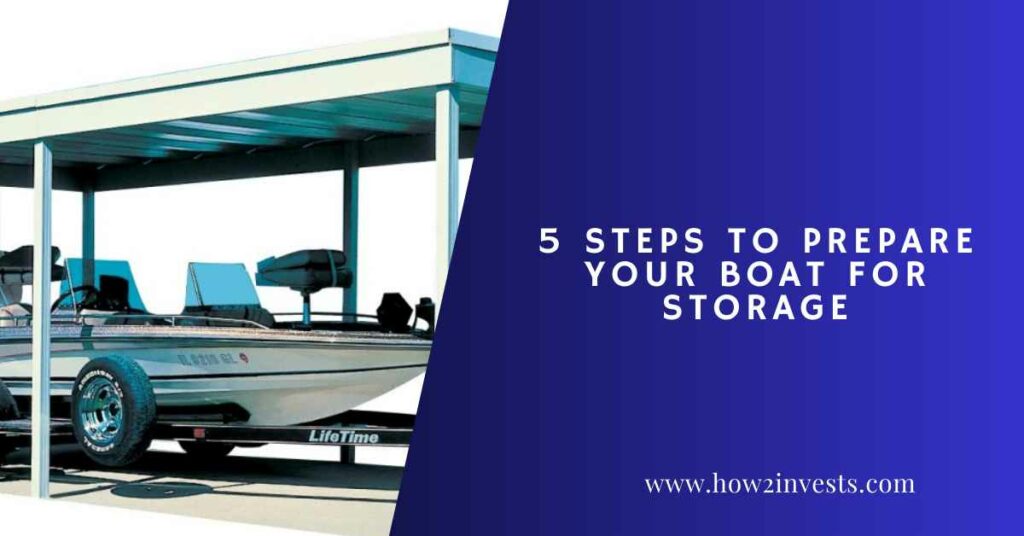5 Steps To Prepare Your Boat for Storage

Proper preparation for boat storage is key to maintaining its good condition till its next usage season. If you neglect the proper preparation, your boat may sustain damage from pests and moisture.
Boat storage facilities offer convenient, controlled, safe spaces for all boat sizes. Here are five steps to prepare your boat for storage:
1. Cleaning and Inspection
Begin by removing any personal items, electronics, and valuables present. Clean the dirt and grime on the interior and exterior surfaces, taking note of nooks and crannies where dirt hides. Using a mild water and soap solution is sufficient, then clean the bilge to prevent mold and odors.
Upholstery and canvas should also be thoroughly cleaned. Inspect the rigging, and then the hooks and cleats to confirm that they’re free of corrosion, as it tends to eat away at wires and ropes over time. Check any parts covered in oil or fuel and clean them up in case of leaks.
Inspect the gel coat or fiberglass for cracks or dents and carry out any necessary repairs. The propellor, rudder, and shaft should be checked for damages. Repair any loose parts and fittings.
2. Corrossion Protection
Apply corrosion prevention spray and coat all metal surfaces entirely. The coating helps prevent rusting that could result in severe damage when salt accumulates on the boat’s exterior.
Begin by dusting off any salt or dirt, wipe the whole surface with a damp cloth, and then apply the spray. Pay special attention to corrosion-prone areas like rudders, engine brackets, and trim tabs. Use good quality paint to prevent hull corrosion.
Choose enclosed boat storage facilities that are already dehumidified. A storage rack can also help keep your boat out of water.
3. Proper Coverage, Drainage, and Wood Care
A proper boat cover that’s securely fastened helps protect your boat from the elements. The moisture from winter may cause shrinking and swelling of the wood on your boat, which may lead to cracking, warping, and other damage.
Use a penetrating sealant to keep out moisture and prevent UV rays. Adding a coat of paint or varnish can give an extra layer of protection.
Drain out all fluids from the gearbox, transmission, and engine to the outdrive. This helps reduce the corrosion risk. If you settle for outside storage, use an adhesive product or wax as a sealant or completely remove plugs from their ports.
4. Battery and Engine Storage
Maintain your engine correctly by removing water, hosing it down, and blowing out the remaining water using compressed air. Any built-up salt and dirt should also be cleaned out.
All gasoline should be siphoned out for gas-powered engines to prevent condensation or moisture buildup. You may also add a fuel stabilizer to your gasoline tank and run your engine.
5. Lubrication
For all moving parts, apply appropriate lubrication. Disconnect and turn off electrical switches to avoid a drain. Batteries should also be removed and stored in cool, dry places.
Clean your water system using mild bleach and drain the tank and heater. If your boat has a toilet, add antifreeze, then empty and clean the holding tank.
Discover Boat Storage Facilities Today
Discover top-tier boat storage facilities today. Choose an option that suits your needs in terms of affordability, desired protection level, convenience, and boat size. Avoid hefty repair costs for the next boating season by properly preparing your boat for storage and keeping it safe in a secure facility.




